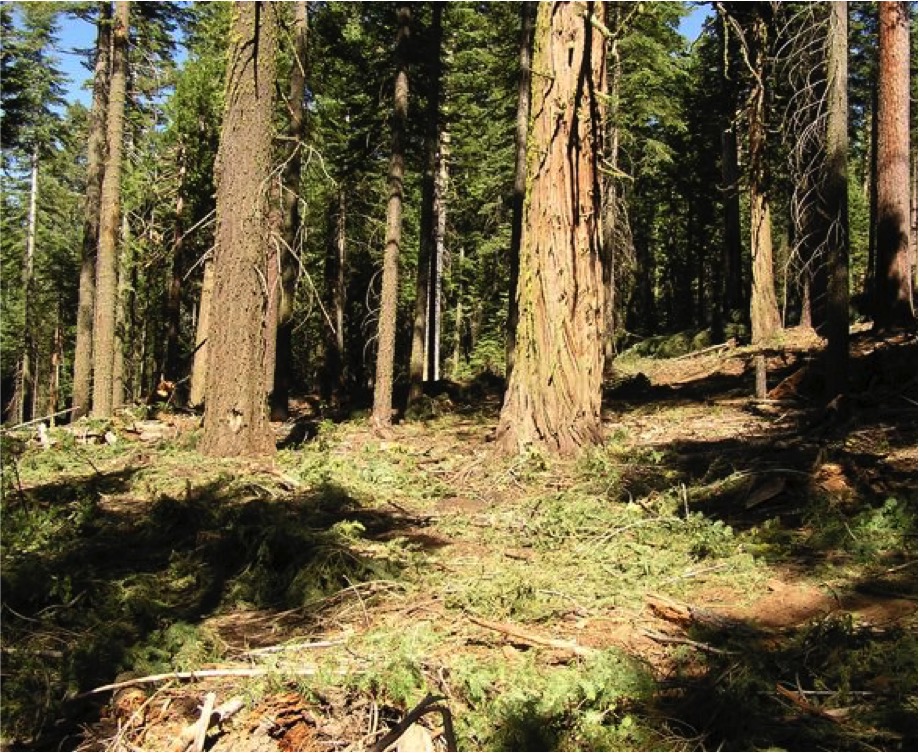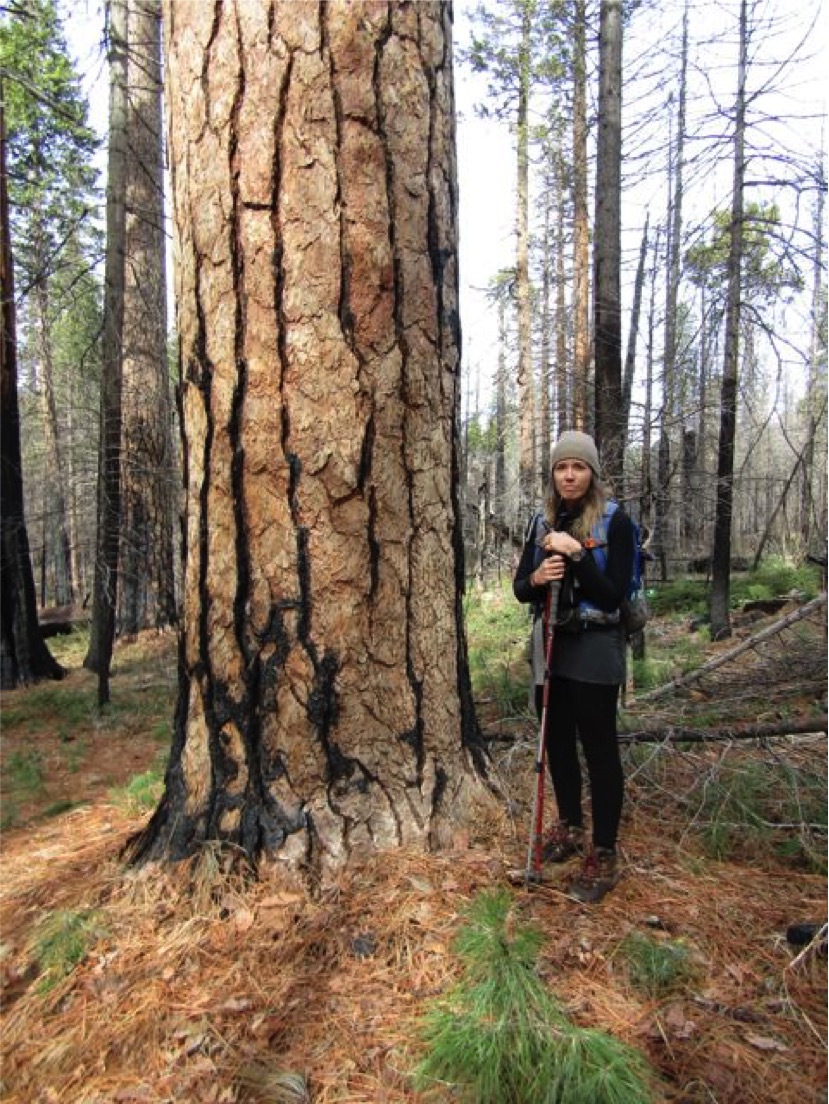Due to frequent, low intensity fires caused by lightning or fires lit by the Me-Wuk people, historic forests were often similar to the forest at right – with randomly spaced conifers and hardwoods in a diverse, mosaic pattern mixed with many small openings and random patches with clumps of trees.


Scientists have strongly supported an “increased pace and scale” of forest treatments to help restore public forest lands to more natural, fire-resilient conditions. But limited progress has been made to do the needed work. Accordingly, despite the uncertain state of the bark beetle irruption and the potential for another wave of tree die-off to occur this year, CSERC put forward support for a pilot-project plan under the banner of the Yosemite Stanislaus Solutions (YSS) forest collaborative group.

